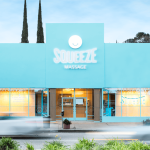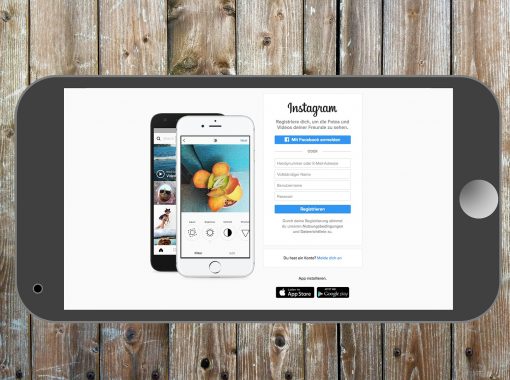
Media Coverage: Quantity vs Quality
It’s reported that humans upload around 1.5 quintillion bytes of content every day to the internet.
We’re not going to break that down anymore except by saying that’s a lot of content.
So, with that daily volume in mind, it’s becoming increasingly more difficult for brands to stand out.
To help set themselves apart from the pack, brands are looking for ways to capture and keep the spotlight. A tried-and-true way of doing this is through earned media coverage.
But when it comes to media coverage, what’s more important? Quantity or quality?
In this blog post we explore this question in depth.
What is media coverage?
Media coverage is characterized as the attention a brand gets from the media. The attention can come from various channels like articles, TV news segments, social media mentions and more.
The goal, no matter the format, is to reach a wider audience and encourage engagement.
But, does more always mean better?
Let’s explore.
Media Coverage & Quantity
We live in a time when equating more to better is easy.
And, when it comes to earned media, the rationale makes sense – more mentions means more attention.
Since earned media is a result of organic efforts, it’s seen as more credible and valuable because the brand earned it based on their story, not their bank account (paid advertisement).
If you’re focusing on quantity, press release distribution and media pitching will be crucial tools to use.
Press release distribution is about casting a wide yet strategic net to share a brand’s news with the public and press.
Media pitching builds on that moment as public relations professionals create a compelling story to pique journalists’ attention. The end goal is media coverage.
A combination of both can lead to higher quantities and improved quality of earned media mentions.
Media Coverage & Quality
Now we have a basic understanding that more media coverage is overall a good thing, it’s time we talk about quality.
High-quality media coverage means you’re earning features in reputable outlets and publications that resonate with your target audience.
Media outlets are organized by tiers based on their audience size, credibility, influence, and reach.
There are four tiers:
Tier 1: These are your top-tier media outlets that have national and international reach. They also have high credibility and typically attract larger audiences. They’re seen as authoritative sources. Examples include: The New York Times, The Washington Post, and BBC.
Tier 2: These outlets still have a significant reach, but they’re more specialized and/or regional. They’re popular among certain demographics and regions. Examples include: the Tampa Bay Times, Forbes, MSNBC.
Tier 3: These are local media outlets, specialized publications, or newer digital entities. Their audiences tend to be smaller but offer targeting for local news. A local community newspaper, industry-specific blogs, and local TV news stations are considered tier 3.
Tier 4: These are small and niche media outlets that have limited reach. While they might not seem important, the hyper-local benefits can help a brand reach a specific segment of their audience. Examples include a neighborhood newsletter, local blogs, and community radio stations.
Each tier plays an important role in helping brands communicate their messaging to their audience.
The Advantages of the Four Media Outlet Tiers
Media Outlet Tier 1 Advantage
Tier 1 exposure can enhance a brand’s visibility and credibility. Earning these features can lead to improved brand recognition and consumer trust. It can also act as a validation tool for future earned media opportunities.
Media Outlet Tier 2 Advantage
Because Tier 2 media outlets are typically more targeted to a specific demographic or geographic area, they’re beneficial for building local brand loyalty and community engagement.
Media Outlet Tier 3 Advantage
If brands want to establish themselves in a specific community or niche market, tier 3 media outlets are a viable way to do so. These media publications and outlets offer more direct engagement with a qualified and interested audience.
Media Outlet Tier 4 Advantage
Though the reach of this tier is limited, it’s often to a highly engaged audience. These are great outlets that help brands plant and nurture their roots in a community.
By understanding the role quantity and quality play in securing media coverage you’re better equipped to use press release distribution and media pitching to your advantage to help you achieve your desired outcomes.
If you have questions about our press release distribution services or our Media Pitching platform that’s part of our Media Suite, fill out the form below and someone will be in touch with you shortly.











